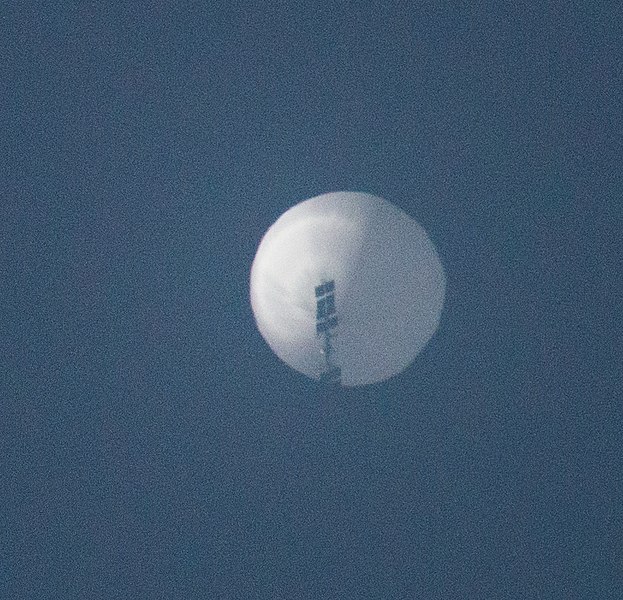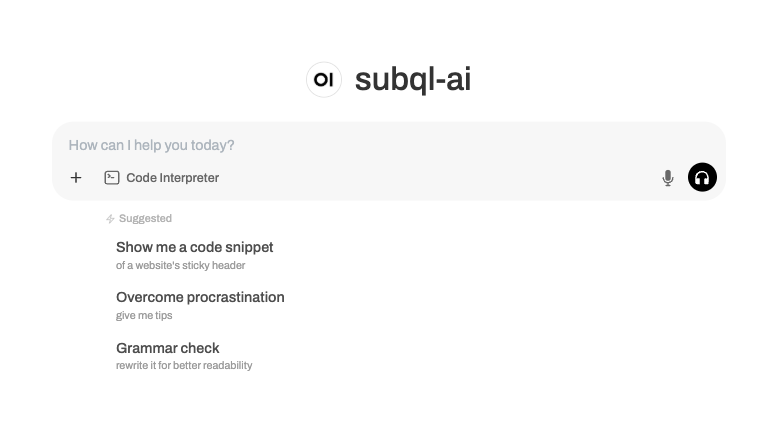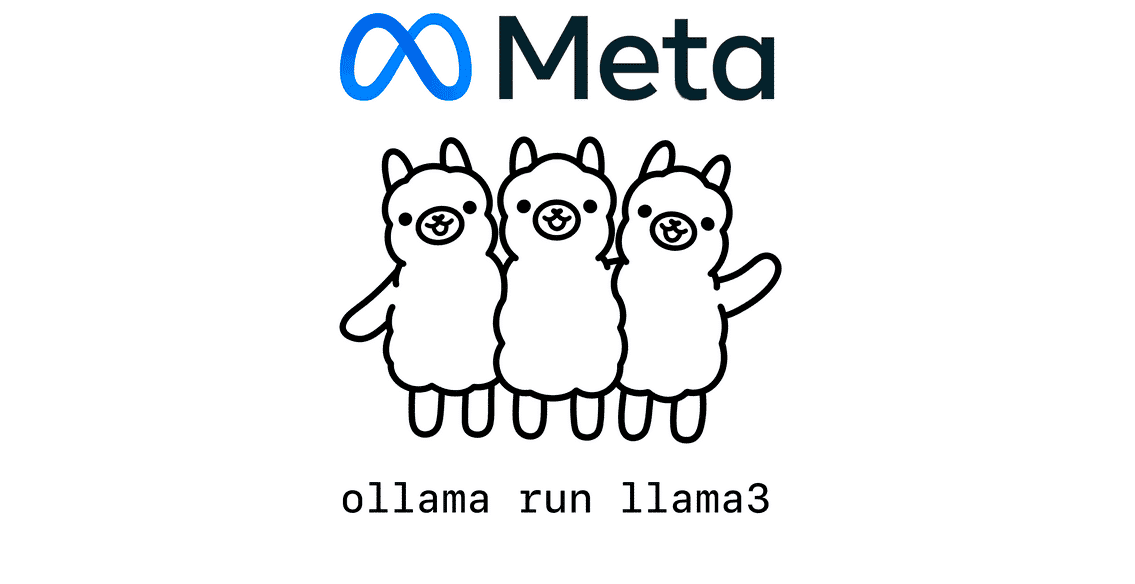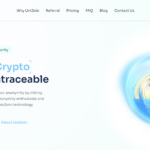Tokenization Is Gaining Momentum As It Breaks Down Barriers To Entry
The post Tokenization Is Gaining Momentum As It Breaks Down Barriers To Entry appeared on BitcoinEthereumNews.com. Few technologies have captivated the traditional financial sector more than tokenization, which has already been recognized by dozens of well-known banks for its potential to shake up the way financial markets operate. Over the last few years, we’ve seen dozens of headlines screaming about how big banks like Goldman Sachs and JPMorgan Chase are eagerly exploring the benefits of tokenization, which refers to the process of bringing physical assets onto the blockchain so they can be traded in a decentralized way. Platforms such as Blocksquare are already transforming the real estate sector with tokenization, while the likes of Maecenas and Masterworks are doing the same for luxury art investing. The interest of traditional financial powerhouses in this technology is well documented. For instance, in 2023, Goldman Sachs, together with Société Générale and Santander, recently assisted the European Investment Bank with a two-year tokenized bond issuance valued at €100 million. Meanwhile, JPMorgan has been exploring the advantages of tokenization in the foreign exchange markets, completing a proof-of-concept transaction involving Singapore dollar and Japanese yen deposits. And the Dutch bank ABN Amro made headlines in January 2023 when it issued bonds worth €450,000 on the Stellar XLM blockchain. The analyst firm Boston Consulting Group forecasts that the combined global value of tokenized assets will reach $16.1 trillion by 2030, transforming access to a number of illiquid markets. Accessible investing In simple terms, tokenization enables real-world assets, such as real estate, luxury art, fine wine, bonds, stocks and shares, commodities and more to be represented as digital tokens that live on the blockchain. These tokens are embedded with various data and functions, including automated compliance actions such as clawbacks and freezes. By encapsulating all of the necessary data within the digital footprint of these tokens, it’s possible to trade them on decentralized markets…

The post Tokenization Is Gaining Momentum As It Breaks Down Barriers To Entry appeared on BitcoinEthereumNews.com.
Few technologies have captivated the traditional financial sector more than tokenization, which has already been recognized by dozens of well-known banks for its potential to shake up the way financial markets operate. Over the last few years, we’ve seen dozens of headlines screaming about how big banks like Goldman Sachs and JPMorgan Chase are eagerly exploring the benefits of tokenization, which refers to the process of bringing physical assets onto the blockchain so they can be traded in a decentralized way. Platforms such as Blocksquare are already transforming the real estate sector with tokenization, while the likes of Maecenas and Masterworks are doing the same for luxury art investing. The interest of traditional financial powerhouses in this technology is well documented. For instance, in 2023, Goldman Sachs, together with Société Générale and Santander, recently assisted the European Investment Bank with a two-year tokenized bond issuance valued at €100 million. Meanwhile, JPMorgan has been exploring the advantages of tokenization in the foreign exchange markets, completing a proof-of-concept transaction involving Singapore dollar and Japanese yen deposits. And the Dutch bank ABN Amro made headlines in January 2023 when it issued bonds worth €450,000 on the Stellar XLM blockchain. The analyst firm Boston Consulting Group forecasts that the combined global value of tokenized assets will reach $16.1 trillion by 2030, transforming access to a number of illiquid markets. Accessible investing In simple terms, tokenization enables real-world assets, such as real estate, luxury art, fine wine, bonds, stocks and shares, commodities and more to be represented as digital tokens that live on the blockchain. These tokens are embedded with various data and functions, including automated compliance actions such as clawbacks and freezes. By encapsulating all of the necessary data within the digital footprint of these tokens, it’s possible to trade them on decentralized markets…
What's Your Reaction?










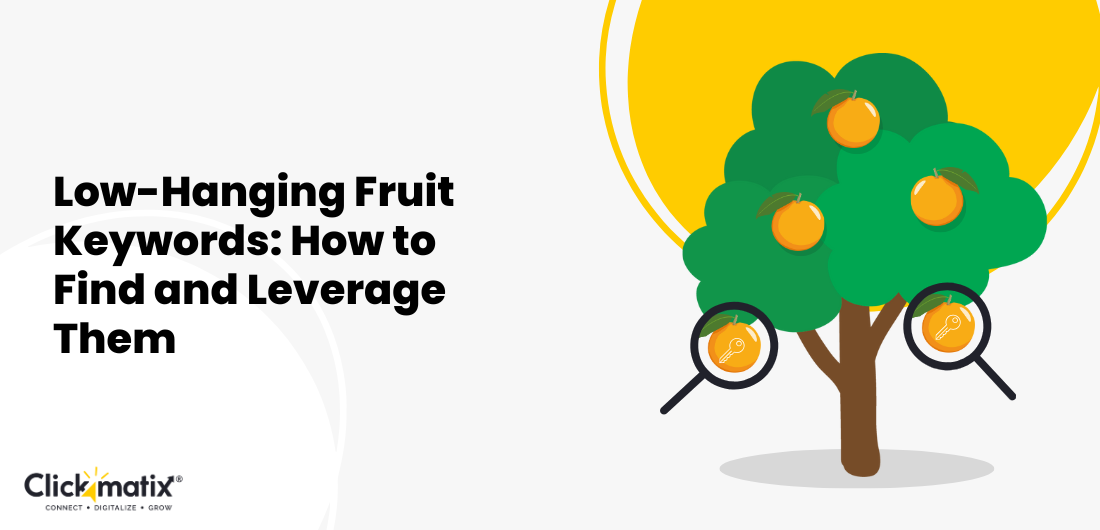








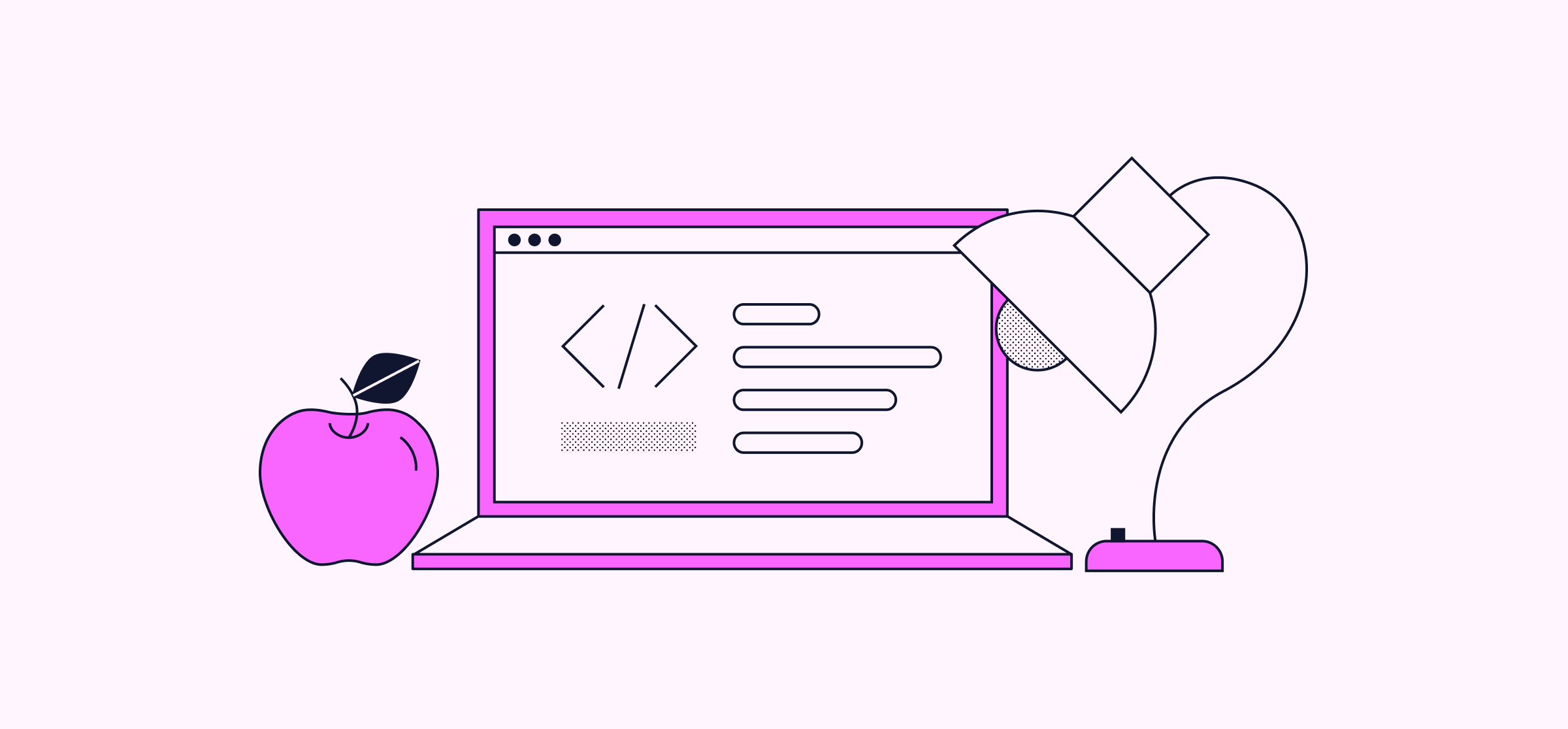

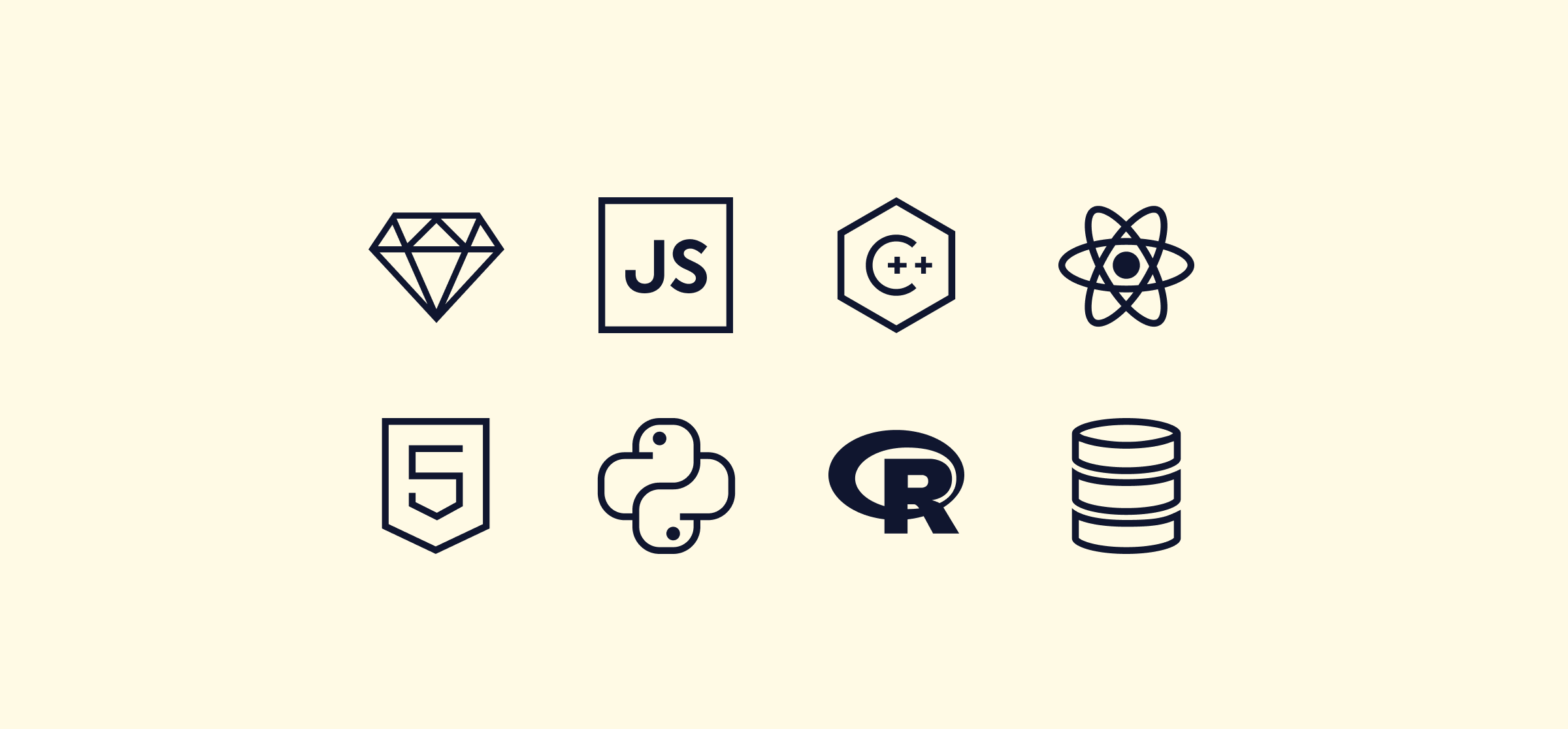

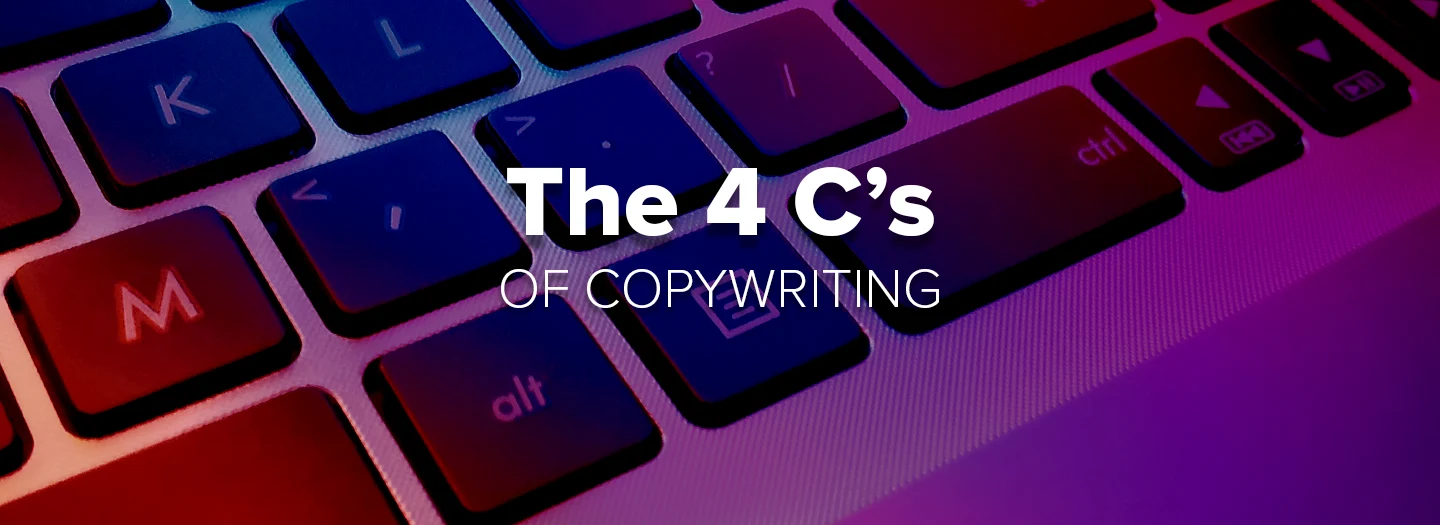
















.png)








